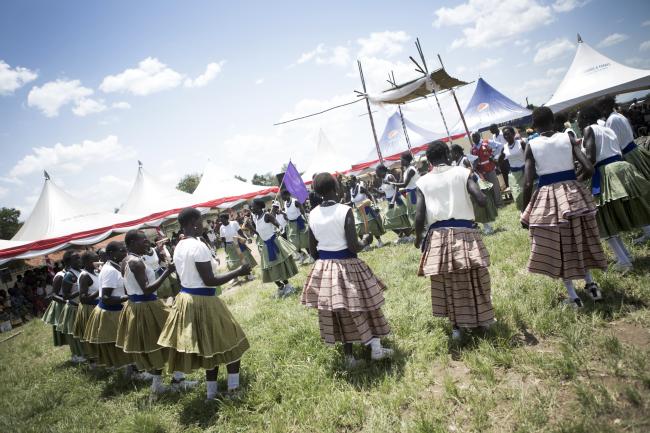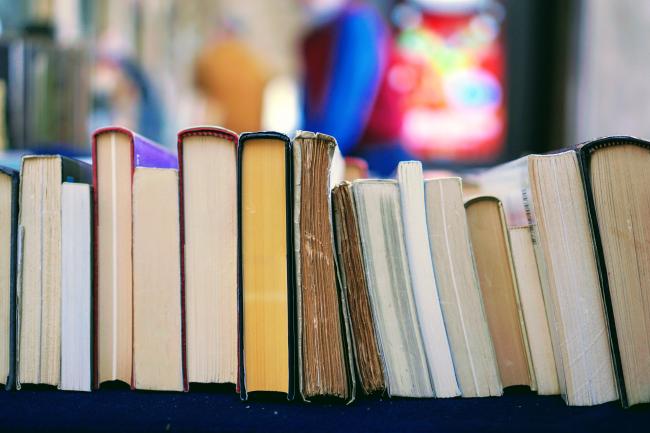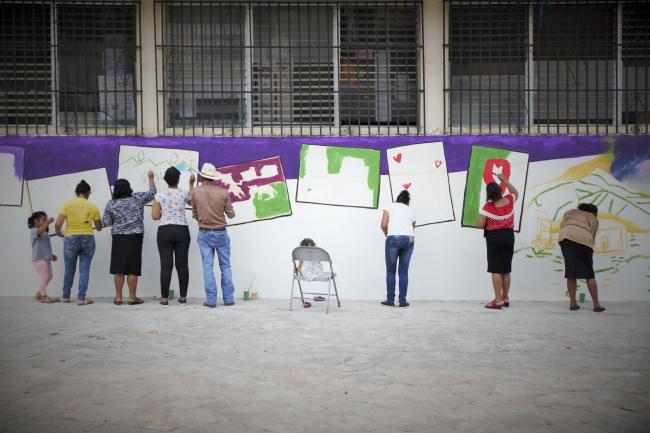Not knowing the fate or whereabouts of a loved is one of the deepest wounds inflicted by armed conflict and other violence. The search for a missing relative can be a complex and often emotional journey.
Art and culture provide a platform for creative expression, storytelling and reflection that can shine a light on important issues, including the search for missing people, and reveal the human stories behind them.
Different forms of cultural expression, such as music, literature, visual arts and digital media, can evoke emotions, stimulate empathy and create a sense of urgency that moves people to action. Most importantly, they offer unique ways to keep the memory of a missing loved one alive, and to tell their story. To learn more about how the arts and the creative process can help the families of the missing express memories of their loved ones and personal experiences, watch here.
The Missing Persons Global Response website, an initiative by the International Committee of the Red Cross, showcases the work of artists, musicians and writers inspired by the subject of the missing, creating a space to engage with the public, raise awareness and increase support for efforts to search for missing people.

Performing Arts
Theatre, dance, and music play an important role in collective memory-making for those who have experienced the disappearance of a loved one. They elicit memories that are often silenced, help people to make sense of what has happened, and ensure the memory of those who have gone missing endures.

Literary Arts
Through storytelling, poetry and other literary forms, writers have the ability to capture the experiences of those whose loved ones have gone missing and to keep their memory alive for future generations.

Visual Arts
Through media such as film, painting and photography, visual artists can capture the human experience of loss, grief and hope, and bring attention to their stories.

